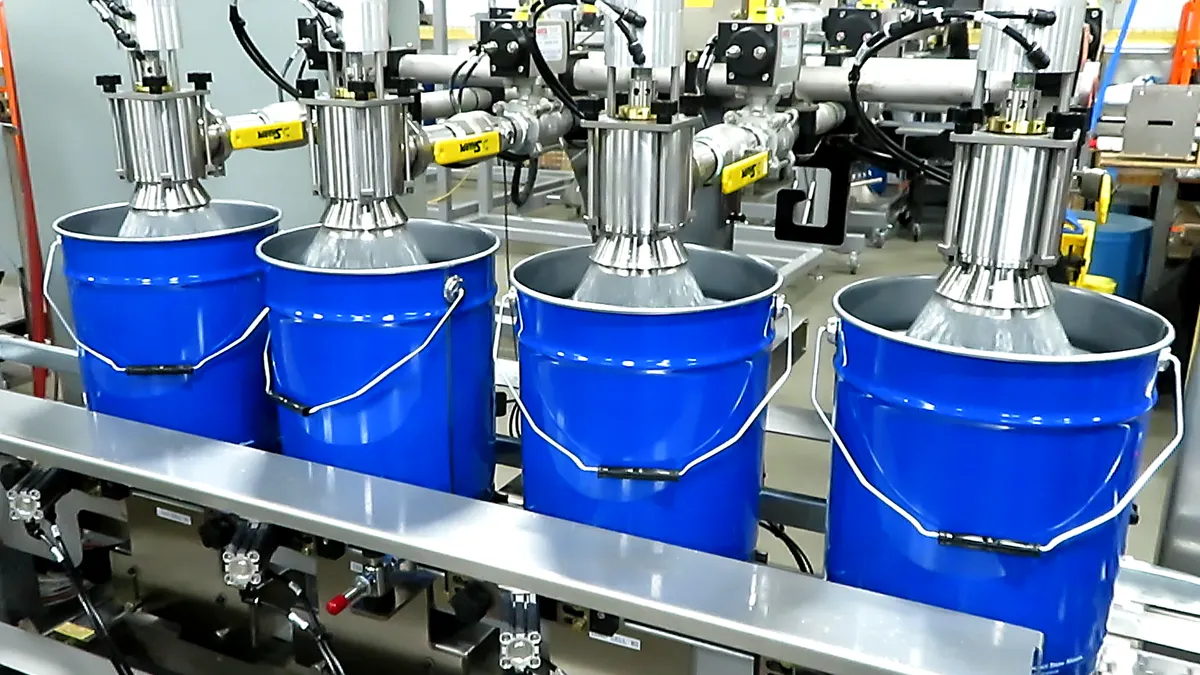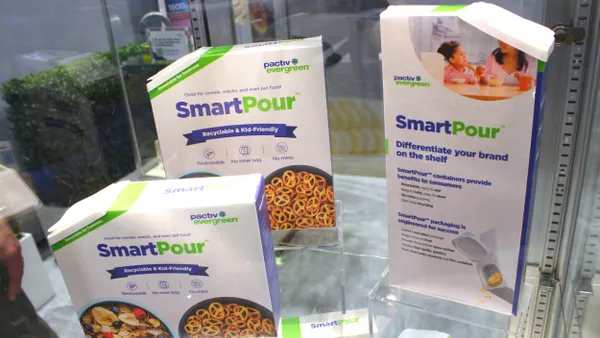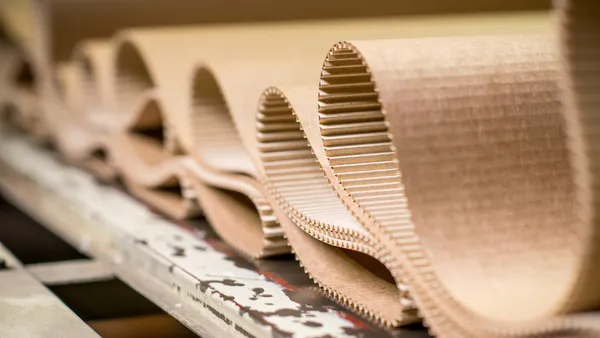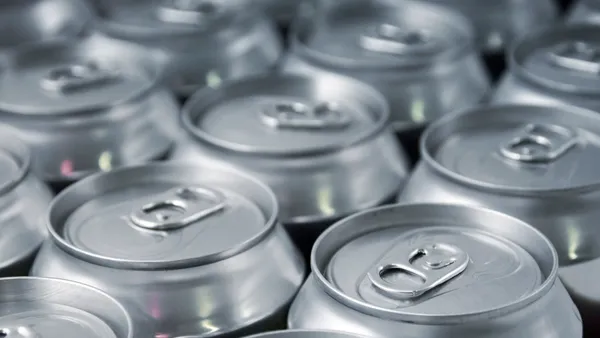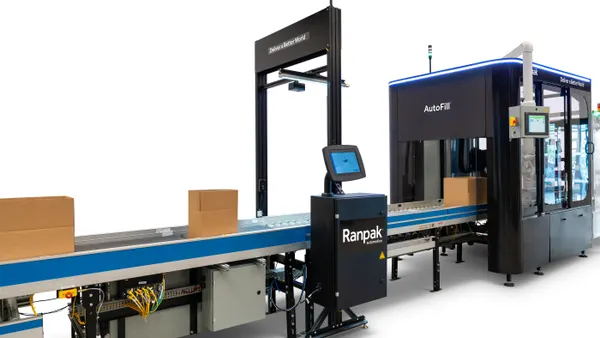Massive breakthroughs have become increasingly rare in this technologically advanced world we live in. In the product formulation and manufacturing sector, it is much more common for companies to rely on tried-and-true technologies, seizing any opportunity to take advantage of key improvements to increase efficiency and, therefore, profitability.
When it comes to liquid filling, net-weight filling technology is generally regarded as the industry’s preferred method. The primary alternative, volumetric filling, measures and fills based on volume and has been particularly popular for high-throughput applications. Net-weight filling, however, provides better accuracy and much more flexibility when changing over between products, among other advantages.
Net-weight filling works by measuring the actual weight of the product being dispensed into each container, using precision load cells positioned under the fill stations. Individual fills are a little slower than volumetric systems by design, since each fill slows down near the end to ensure the proper and precise weight is achieved. Relying on volume-based filling introduces complicating variables like air bubble and fluid density differences, where using a pure weight measurement ensures the exact weight target is always met.
The Value of Accuracy
Producers of high-value products like paint, chemicals and flavorings (and much more) place a premium on accuracy. Overfilling means a loss of profit, while underfilling could lead to dissatisfied customers. Net-weight filling provides manufacturers with a much higher level of confidence that they’re always hitting the sweet spot, often within 0.005 pounds of the target fill weight.
Just how valuable is accuracy? Anecdotally, some users have reported significantly lower yield loss after switching to net-weight filling – enough to justify the cost of their machine within just one year. This improvement comes largely from more precise fills that reduce product giveaway and help maximize the return on every batch produced.
More Efficient Operation
In addition to precision, these automation upgrades also contribute to leaner, more efficient operations. These advanced systems are built to self-monitor and alert operators only when necessary, enabling many facilities to run net-weight filling lines with a single operator. Compared to traditional setups requiring two or three people, this results in significant labor savings and reduced downtime due to staffing shortages. With proper training, that same operator could even be tasked with handling routine machine maintenance as well.
Where improved filling efficiency really shows up is between batches. One of the most practical advantages of standard net-weight fillers is how much faster they can change over between product types or container sizes. A volumetric filler could take hours to clean out and reconfigure, versus just 10-15 minutes with net-weight systems.
Volumetric machines require product to flow through the measuring device itself, such as a pump or flow meter, meaning internal components must be thoroughly cleaned before introducing a separate product. By contrast, a net-weight scale is located underneath the container and never comes into contact with the product, allowing the operator to simply swap out fill heads or carts with minimal effort.
For companies that handle a wide range of product types or containers, this flexibility helps avoid countless hours spent solely on cleaning and preparing equipment. With a net-weight system in place, manufacturers are consistently rewarded with far more production uptime.
Smart Solution
Net-weight filling continues to evolve and drive real-world efficiency. For manufacturers focused on quality and profitability, net-weight filling is a smart and more accurate way to fill product containers – and an even smarter investment toward overall operational improvement.

